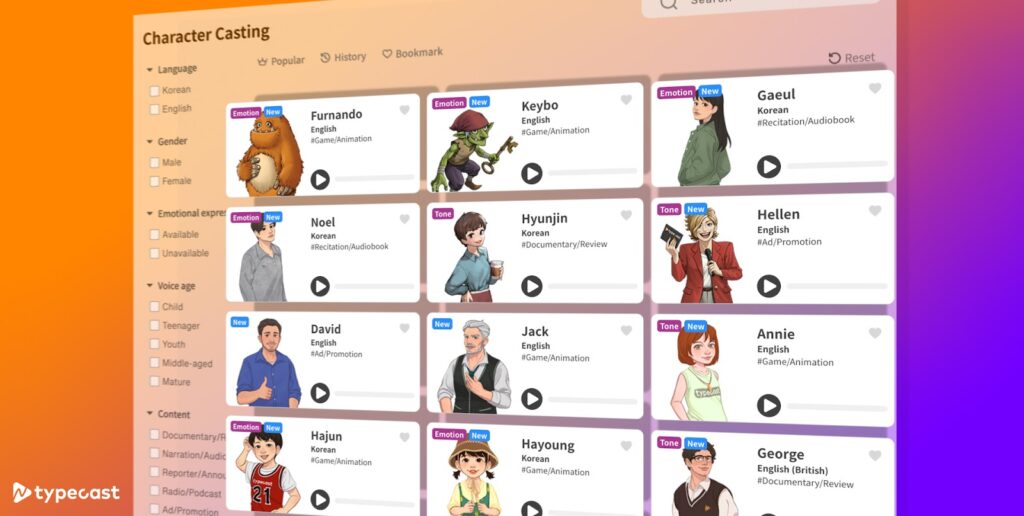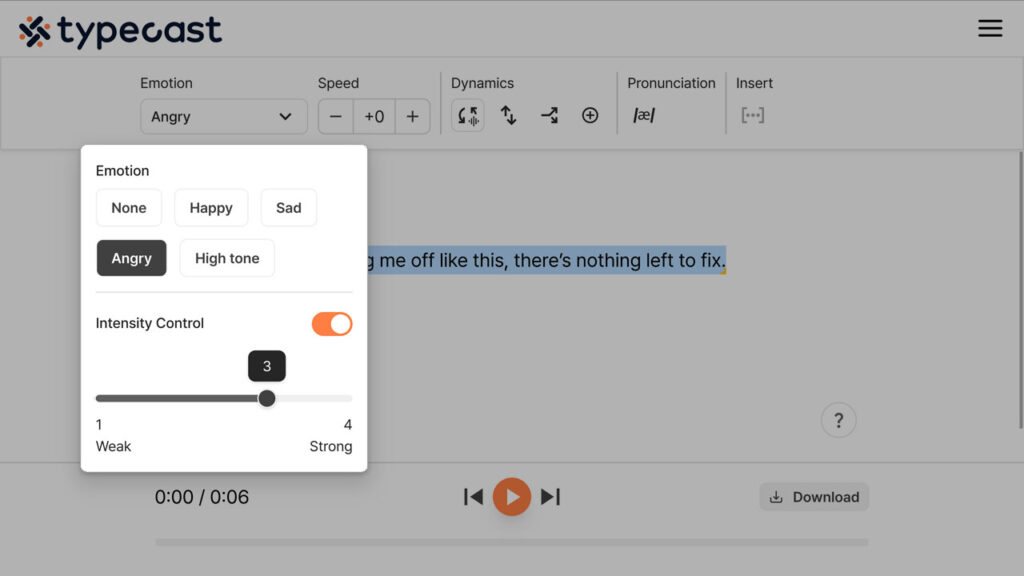Looking to find just the right natural text-to-speech for your audio or video content?
You’ve just written the script for a piece of narration in a story, or maybe it’s for an online advertisement? You could even just be simply creating an audiobook from existing material.
Whatever the reason, one thing is clear. You need the right voice for the right job, and an online text-to-speech tool can make this a lot easier. We’ll explain how.
How can text-to-speech help you find the right voice?
Text-to-speech software is becoming increasingly sophisticated and offers many advantages to the often long-winded and expensive process of hiring and using a real voice actor.
The best text-to-speech software should offer the choice of more than one voice, or ‘virtual voice actor,’ to choose from.
One of the great advantages of this is that it allows you to go through a wide selection of voices very quickly.
You can create a sample of whatever you want the virtual voice actor to say with the simple click of a button.
Other voice-over tools take it a step further and let you switch different voices on the fly, allowing you to test and find the right voice for you, with relative ease.

How do you choose a character’s voice?
Different mediums and topics require different types of voices. If you’re creating an audiobook, then a narrator voice that is captivating yet empathetic to the characters would be very suitable.
If you’re creating a daily news bulletin, then a voice that is articulate and serious would match that type of content better.
Other things to consider are the emotion and intonation used in the voice itself, and this can really make or break any voice-over content.
Many people who are even aware of voice synthesizer software have the misconception that it sounds lifeless, uncanny, and devoid of any emotion at all.
This may have been true in the past, but as mentioned before, speech synthesis technology is becoming increasingly sophisticated.
How do you add emotion to text-to-speech?
Some of the mainstream text-to-speech applications are powered using artificial intelligence. Why is this a good thing?
Well, artificial intelligence allows you to convey emotion and intonation in your voice overs with very high accuracy.
These types of realistic voice generator technology can convey the emotion and intonation correctly by analyzing and understanding the context and language used in the script written by the user.
This allows the text-to-speech to sound more natural without the complicated process of having to finely tune and adjust the speech patterns themselves.
If you are planning to use a text-to-speech service to find the right voice for your character then AI-powered is an important key feature to look for.
Basic text-to-speech services should be avoided and we’ll explain why.
Why should I avoid basic text-to-speech software?
We’ll explain one very good example that is quite easy for anyone to understand.
The English language itself isn’t completely phonetic, which is just a fancy way of saying that English doesn’t always sound the exact way you write it.
For example, “I read a book yesterday,” and “Did you read a book this morning?”
The word ‘read,’ is written the same way but pronounced differently due to the context of the situation.
We naturally understand this without really thinking about it, but for your basic text-to-speech tool, this can be difficult.
This is why AI is extremely necessary when it comes to making the best and most natural text-to-speech.

Once you select a voice that is right for you it isn’t set in stone.
Things change all the time throughout the many stages of production and you may need to revisit and recast a different virtual voice actor later on.
This is completely fine though. It is important to have a strong foundation and vision for your content whatever it may be, and this is why having voice lines in the early stages of production can be so powerful.
An AI voiceover tool allows you to cast, modify, and recast voice actors anywhere and anytime at no extra cost.
This gives enormous flexibility to content creators throughout the entire production pipeline if they want to edit videos or anything else.









